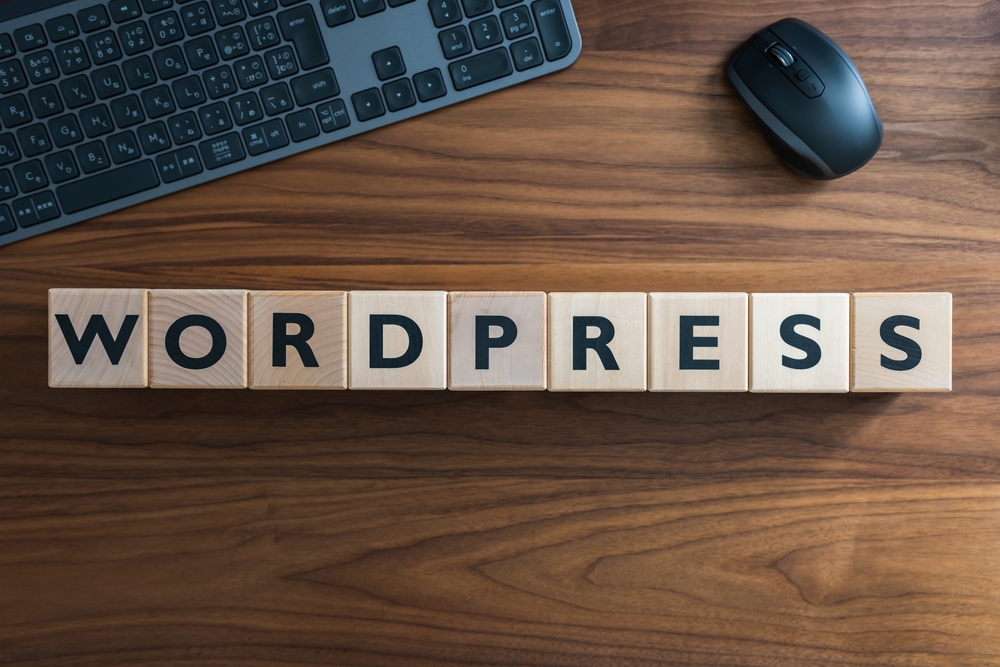
WordPress has become the go-to platform for millions of website owners, thanks to its user-friendly interface and extensive range of customization options. Whether you're a beginner or an experienced developer, WordPress provides you with the tools to create a website that suits your specific needs. In this guide, we will explore essential tips and tricks to help you maximize your WordPress (WP) website's potential and streamline your maintenance processes.
1. Choosing the Right ThemeOne of the first steps in customizing your WordPress website is selecting the right theme. With thousands of options available, it can be overwhelming to make a choice. Remember to prioritize functionality, design, and responsiveness. Ensure that the theme you choose aligns with your brand identity and goals. Take advantage of the various filters provided by the WordPress theme directory to narrow down your options.
2. Customizing the Layout
After choosing a theme, it's time to tailor the layout to meet your specific requirements. WordPress provides different customization options depending on your chosen theme. The Appearance menu in your WordPress (or WP) dashboard allows you to modify various aspects of your website, such as headers, menus, and widgets. Take the time to explore the customization options available to you and experiment with different layouts until you achieve the desired look and feel.
3. Installing Essential Plugins
Plugins are one of the most powerful features of WordPress, enabling you to extend the functionality of your website. From SEO optimization to e-commerce integration and security enhancements, WordPress (the platform for bloggers) offers a wide range of plugins to enhance your website's performance. However, be cautious not to overload your website with too many plugins, as it can slow down its loading speed and impact overall performance. Choose only the essential plugins that are necessary for your specific needs.
4. Optimizing Performance
Website speed is a critical factor that can significantly impact user experience and search engine rankings. To ensure optimal performance, regularly monitor your website's speed using tools like Google PageSpeed Insights. Take necessary steps to improve loading times, such as optimizing images, enabling caching, and minimizing code. Additionally, consider utilizing a content delivery network (CDN) to distribute your website's assets and reduce latency.
5. Implementing Security Measures
WordPress websites are often targeted by hackers due to their popularity. It is crucial to prioritize security measures to protect your website and valuable data. Some essential security practices include regularly updating WordPress (the blogging platform) core, themes, and plugins, using strong and unique passwords, enabling two-factor authentication, and implementing a reliable security plugin. Regularly backup your website to mitigate the impact of any potential security breaches.
6. Maintaining a Reputable Content Strategy
Creating high-quality, engaging content is key to attracting and retaining visitors to your WordPress website. Develop a content strategy that aligns with your target audience, industry, and business goals. Consistently publish relevant and informative content, conduct keyword research, and optimize your website's content for search engines. Regularly update and refresh your content to ensure it remains current and valuable to your audience.
7. Mobile Responsiveness
With the increasing popularity of mobile devices, ensuring your WordPress website is fully optimized for mobile is crucial. Mobile responsiveness allows your website to adapt to different screen sizes, ensuring a seamless user experience across devices. Responsive themes are highly recommended, as they provide a flexible layout that automatically adjusts to fit various screen sizes. Always test your website's responsiveness to guarantee it is mobile-friendly.
8. Search Engine Optimization (SEO)
Implementing effective SEO strategies is essential to increase your website's visibility and attract organic traffic. WordPress provides various SEO plugins that simplify the optimization process. Take advantage of these plugins to improve your website's meta tags, headings, XML sitemaps, and overall keyword optimization. Craft compelling meta descriptions and optimize your website's images with descriptive alt tags. Regularly monitor your website's performance using SEO tools and make necessary adjustments.
9. Utilizing Analytics
To effectively measure your website's success and identify areas for improvement, utilizing a reliable analytics tool is crucial. Google Analytics is a popular and comprehensive option that provides valuable insights into your website's performance. By analyzing metrics such as page views, bounce rates, and conversion rates, you can determine what aspects of your website require attention and make data-driven decisions to optimize its performance.
10. Frequently Asked Questions
- Q1: How often should I update WordPress and its plugins?A1: It's crucial to regularly update WordPress core, themes, and plugins to ensure security and performance. Aim to update them as soon as updates become available.
- Q2: Are all plugins compatible with every WordPress theme?
A2: Plugins are designed to work with most themes, but compatibility issues can arise, particularly with outdated or poorly coded themes. Always check plugin compatibility before installation.
- Q3: How can I backup my WordPress website?
A3: There are several backup plugins available for WordPress, such as UpdraftPlus and BackupBuddy. These plugins automate the backup process and allow you to schedule regular backups.
- Q4: Can I migrate my WordPress website to a different hosting provider?
A4: Yes, WordPress provides plugins like Duplicator and All-in-One WP Migration that simplify the process of migrating your website to a different hosting provider.
- Q5: How can I improve my website's loading speed?
A5: Optimize your website's images, enable caching, minimize code, and consider utilizing a content delivery network (CDN) to improve your website's loading speed.
By following these essential tips and tricks for WordPress website customization and maintenance, you can create a highly functional, visually appealing, and secure website that delivers an exceptional user experience. Remember to regularly update and monitor your website to ensure optimal performance and stay ahead of emerging trends and technologies. Happy WordPress customization and maintenance!
Other useful resources
- https://www.wordpress24plus.com/services/wordpress-developer/
- https://en.wikipedia.org/wiki/Blog